What’s in a name? William Shakespeare’s question is as valid for conservationists today as it was for the crowds gathered in the Globe theater more than 400 years ago.
Recognizable common names are often critical for species protection, but subspecies miss out on this public perception benefit. A new paper argues that standardized English names are key to conservation success for Australia’s fantastic avifauna, and creates a definitive list for every subspecies on the continent.
A Rosella By Any Other Name…
Names matter. A name influences our perception of the thing it describes, whether we realize it or not.
Creating or changing names — even for animals — is common in consumer-driven industries. Take the Chilean seabass… which was originally known as the “Patagonian toothfish” until a seafood wholesaler re-branded the species with a more appetizing common name to boost seafood sales.
Conservation is not consumer-driven, but it is driven, in part, by support from funders, policymakers, and the public. What a particular species is called — or whether it has a name at all — can influence conservation support. Studies have shown that species with negative-sounding names (both real and fictitious) prompt less support for conservation than species with positive-sounding names.
The importance of a recognizable — and standardized — common name is especially true for subspecies conservation. “Subspecies are sometimes dismissed as a less-valid, or less important, taxonomic unit,” explains James Fitzsimons, a co-author on the paper and the conservation director for The Nature Conservancy’s Australia program.
Despite the “sub” moniker, subspecies have significant conservation value. Many subspecies are phenotypically distinct, with variations in size, plumage color, or even call. Take the Crimson Rosella, whose subspecies have different calls and wildly different coloration. The nominate race has brilliant scarlet and blue plumage, while the Yellow Rosella subspecies is yellow and blue.
But to qualify as a true subspecies, a population of birds has to be genetically distinct. “They’re often on their way to forming their own species over a long period of time,” says Fitzsimons. And it’s that genetic variability that protects the species as a whole. “The genetics are especially important for adaptation to climate change,” says Fitzsimons, “because greater genetic diversity can lead to greater robustness in the species.”
Often, a simple name is the key to helping the public and policymakers recognize that value.
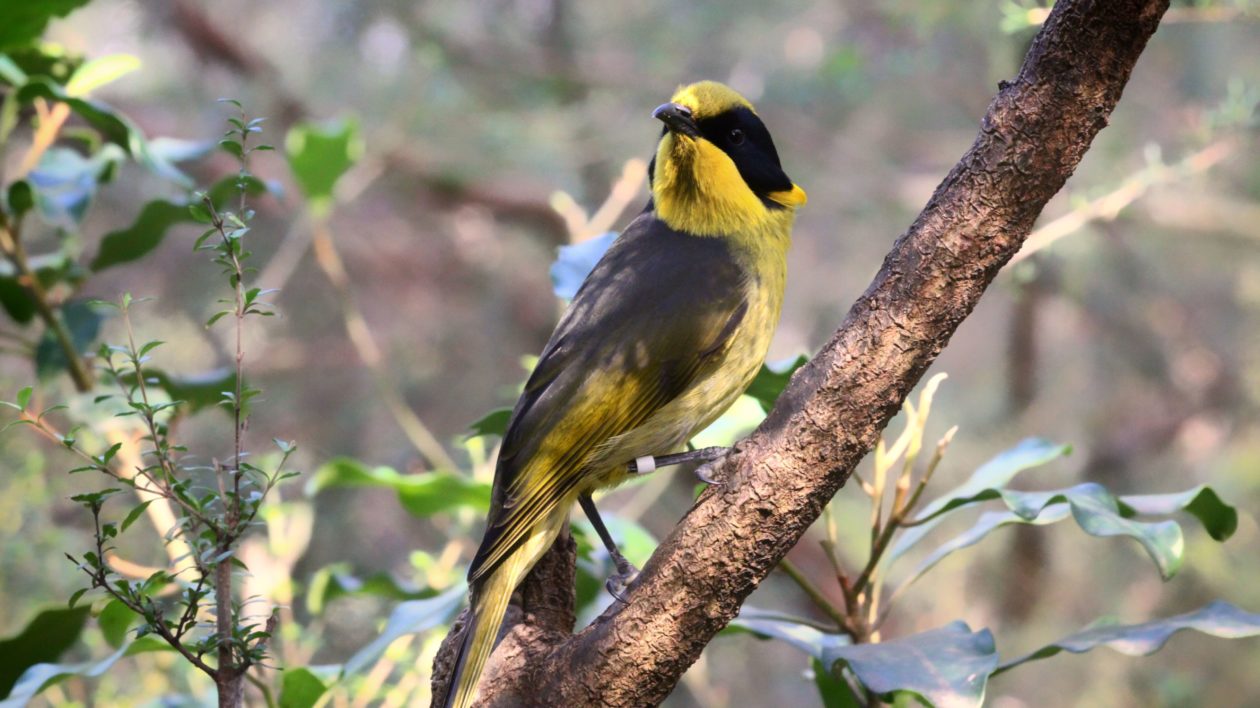
Take Australia’s colorful Helmeted Honeyeater. Birds of the honeyeater family, Meliphagidae, are an iconic pillar of Australian birdlife named for the partiality that most species show for plant nectar, which they lap up with paintbrush-like tongues. The yellow-and-black Helmeted Honeyeater is a critically endangered subspecies of the Yellow-tufted Honeyeater found only in a small area of forest east of Melbourne. Due to habitat degradation and fragmentation in the species’ restricted range, the population fell to a low of just 50 birds in late 1989. Significant conservation efforts — including a captive breeding and reintroduction program — boosted the population to around 19 breeding pairs.
Once considered a separate species, despite taxonomic debate the bird has always been known by the name “Helmeted Honeyeater.” Fitzsimons says that this was important to gaining support for conservation efforts. “Having that common name for the subspecies gives them the greater familiarity and elevated interest,” says Fitzsimons. “I’d be surprised if there was the same public affection if the Helmeted Honeyeater had just reverted back to being called the ‘cassidix subspecies of the Yellow-tufted Honeyeater’.”
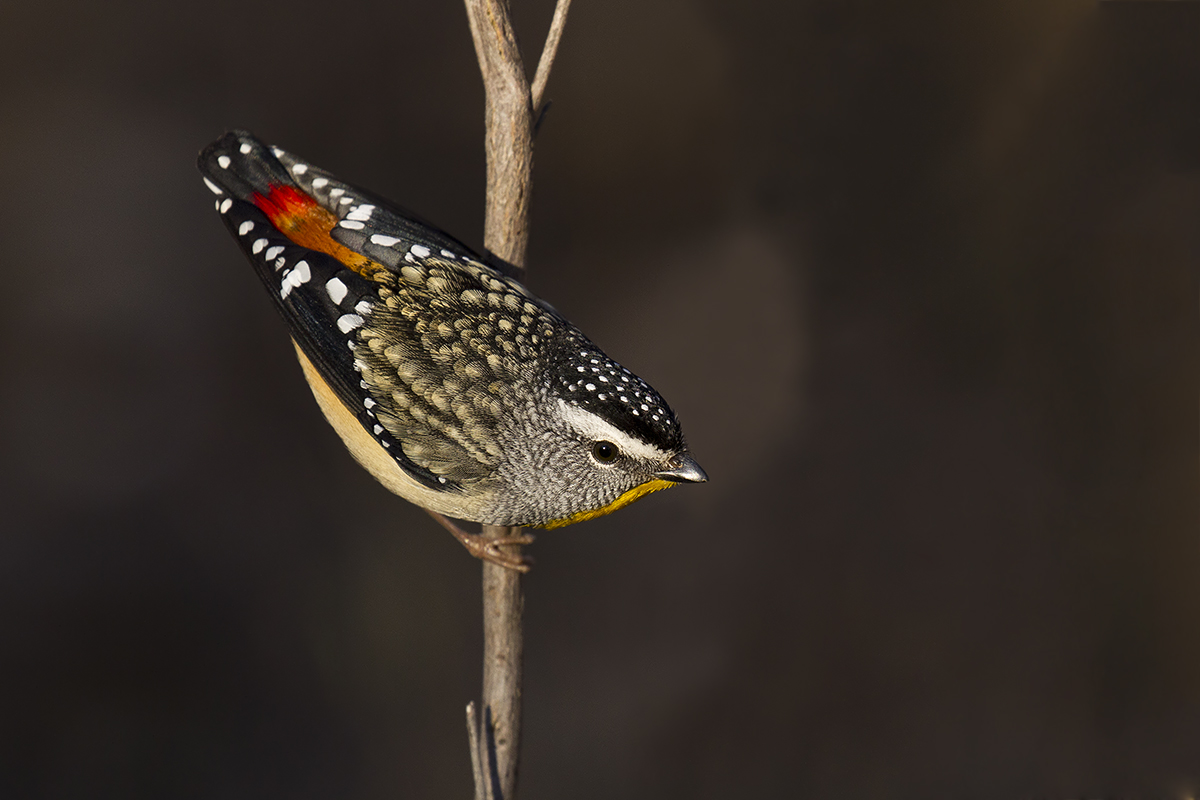
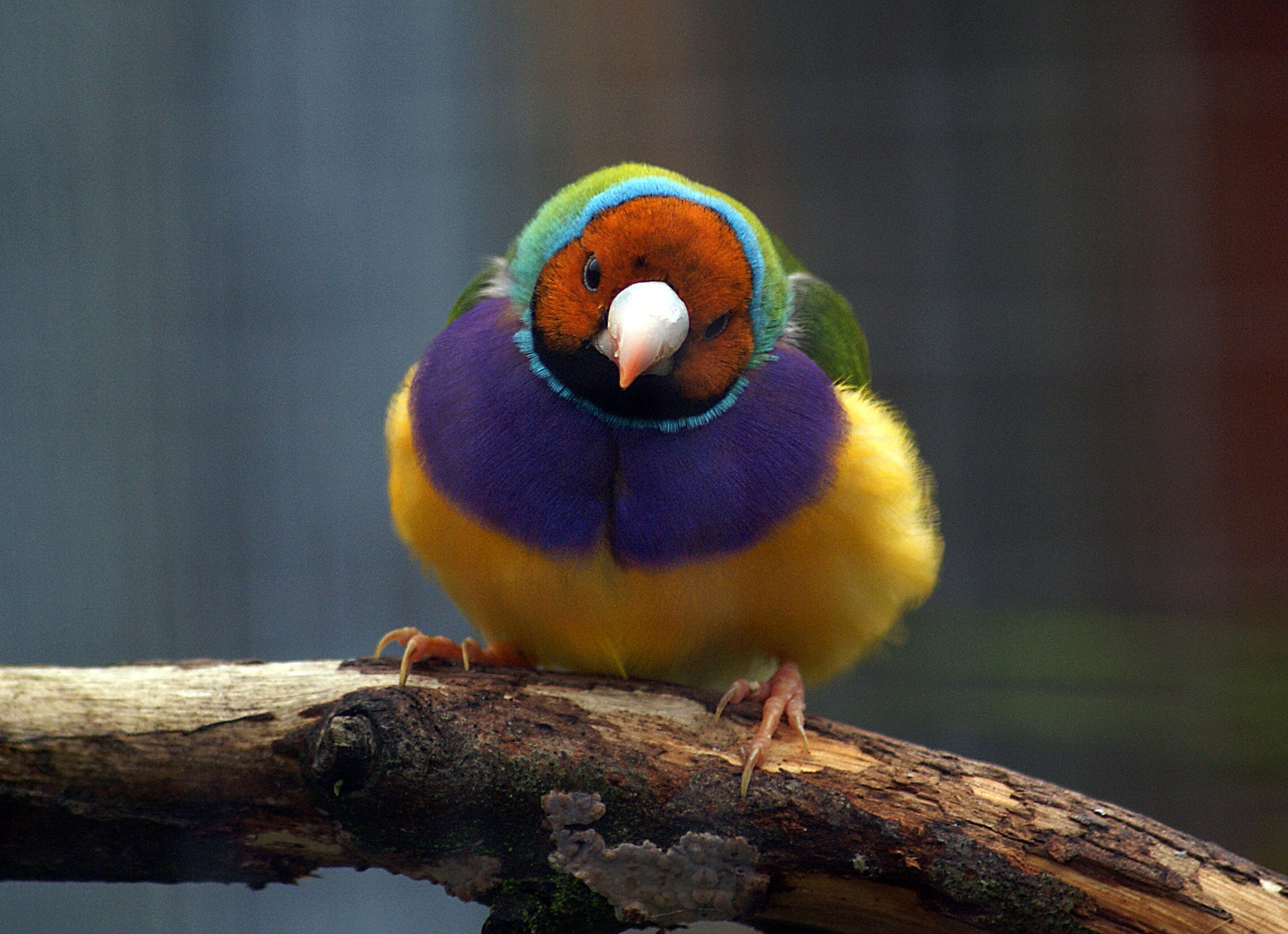
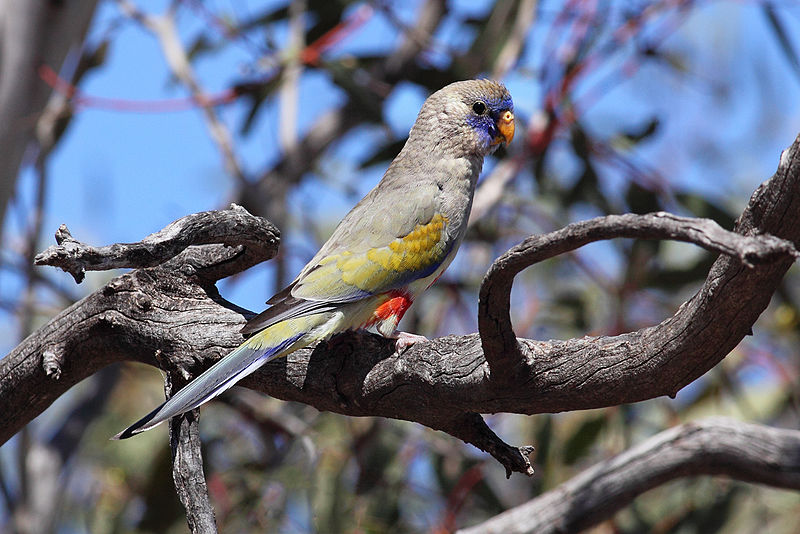
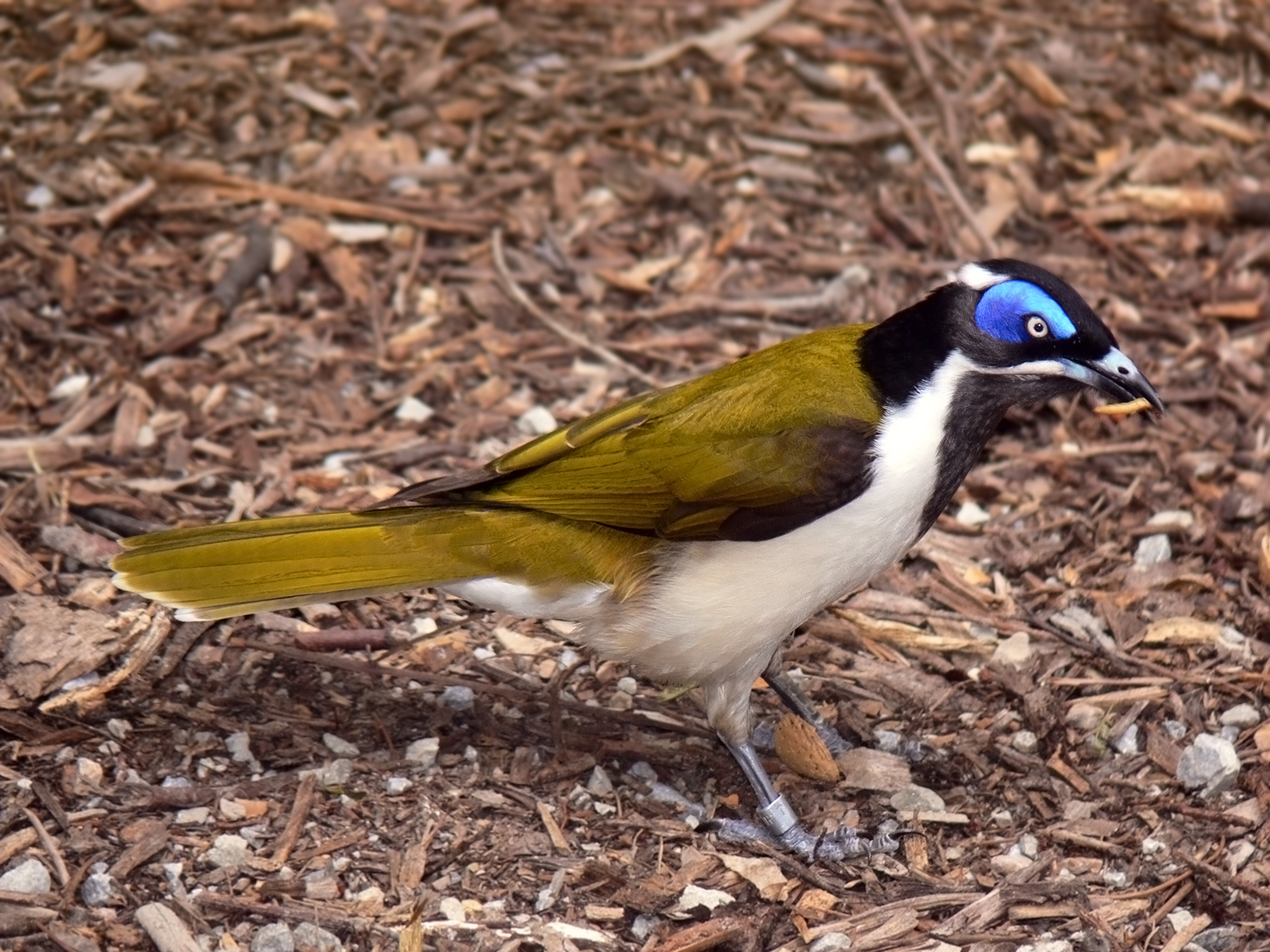
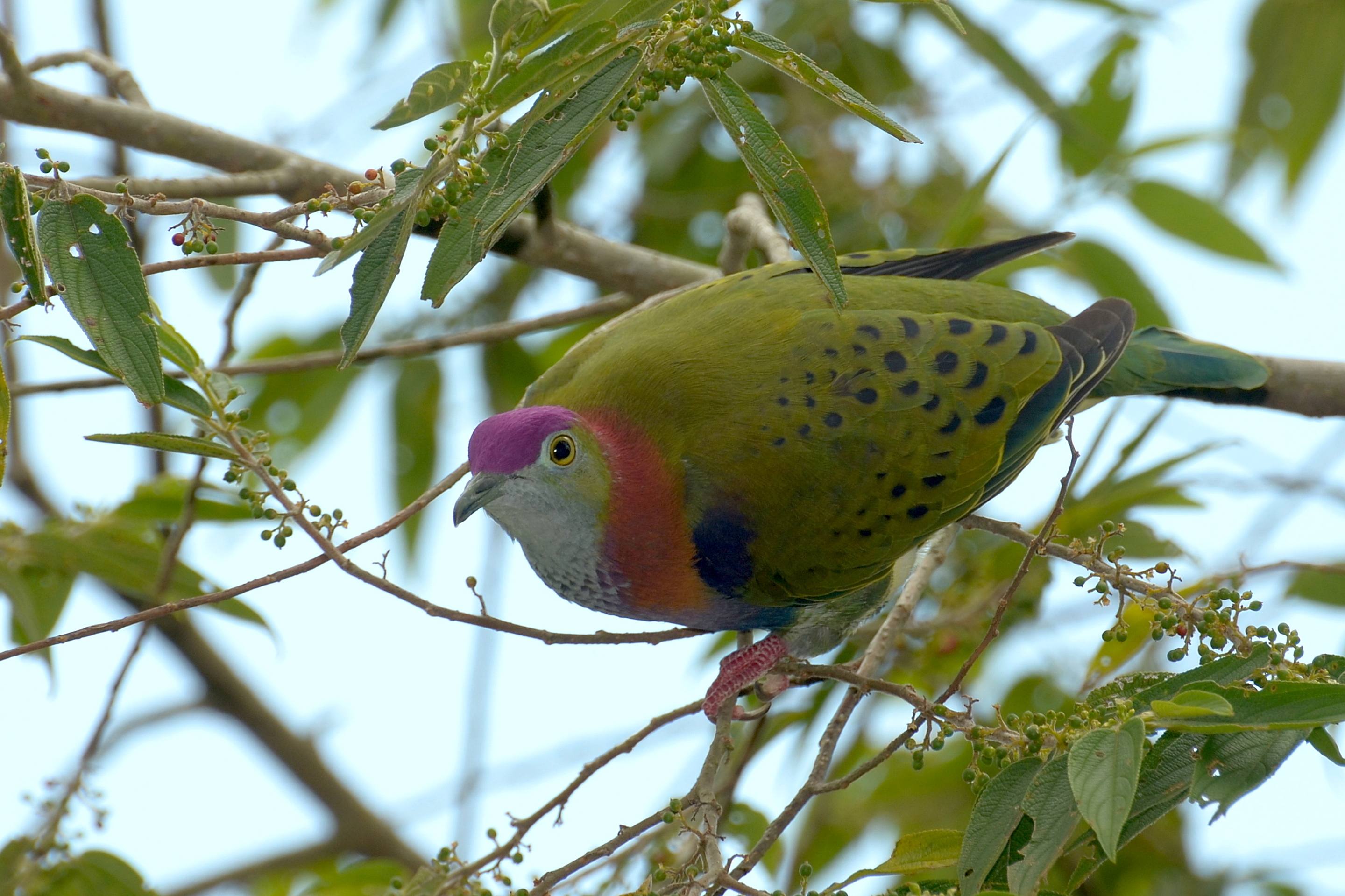
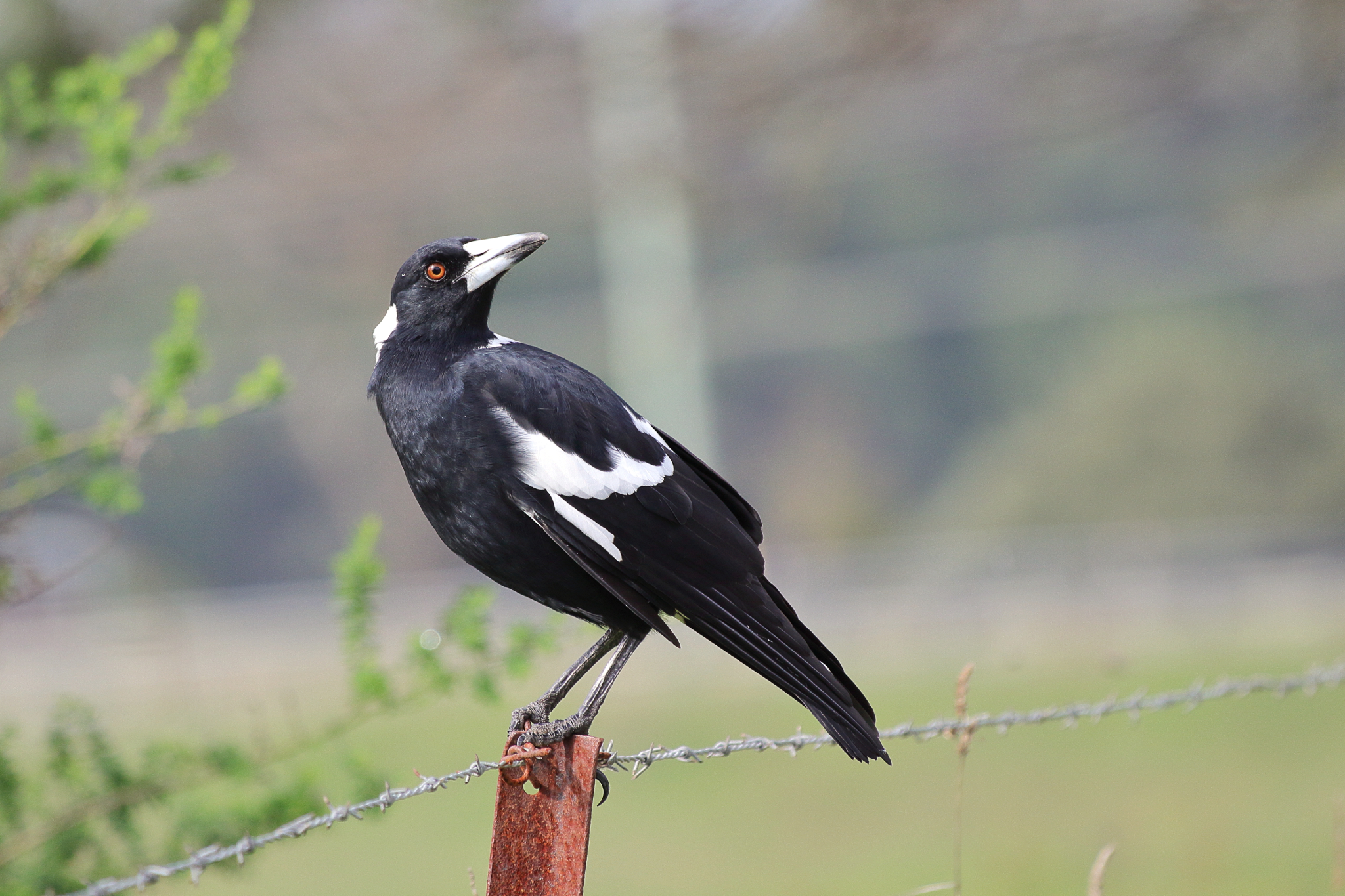
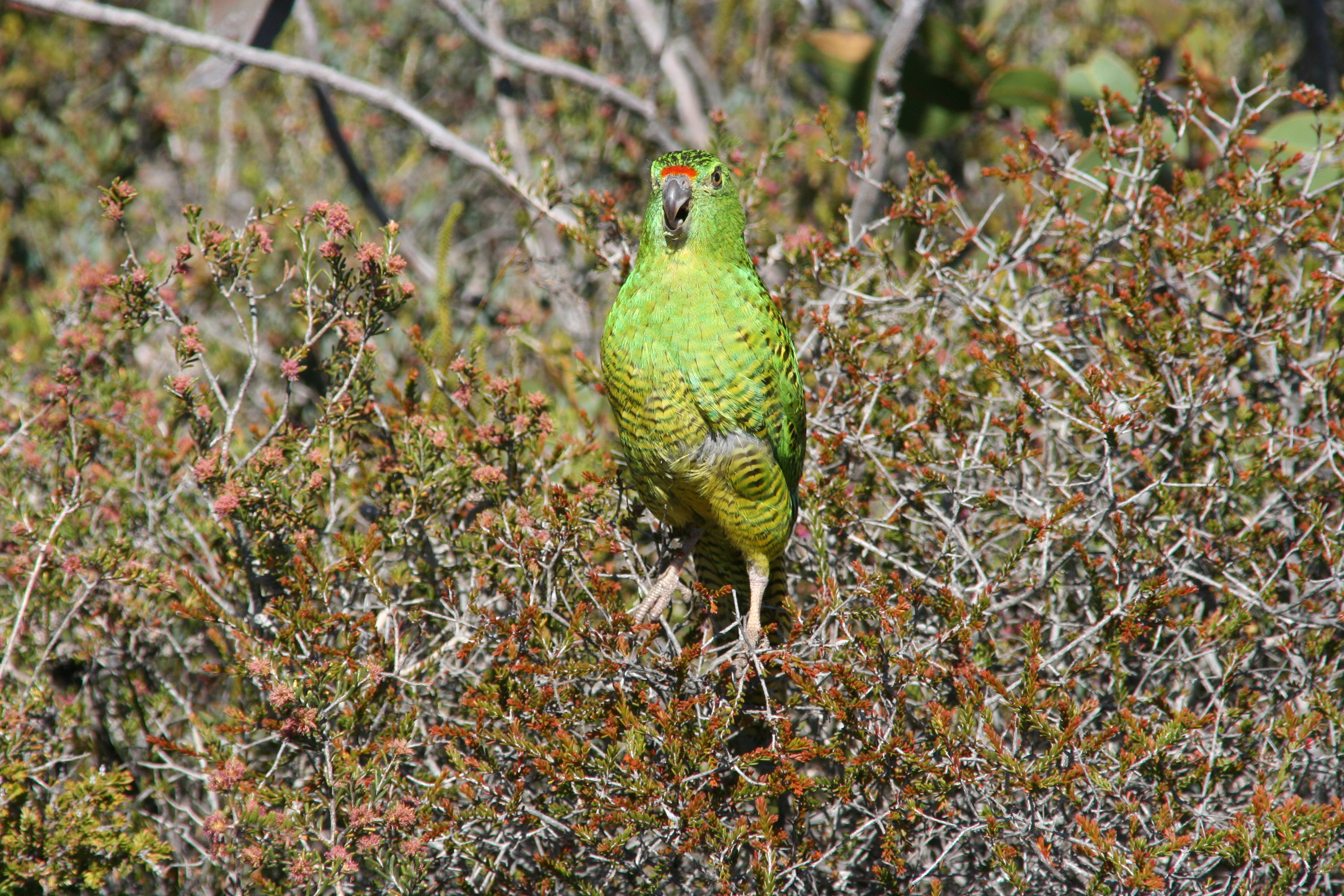
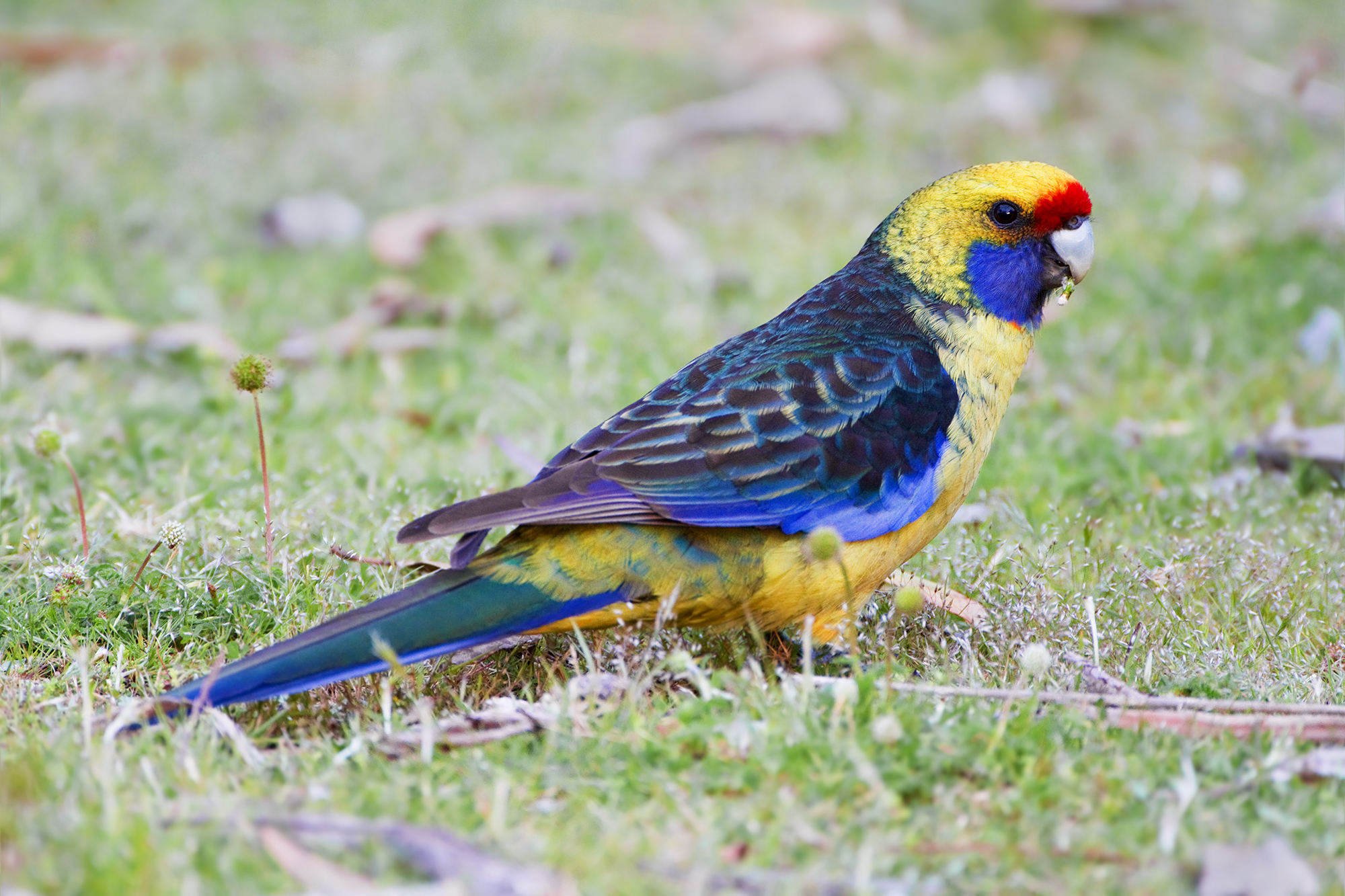
A Starting Point for Subspecies Names
In addition to the specter of climate change hanging over worldwide conservation efforts for all species, taxonomic uncertainty is contributing additional urgency to standardize subspecies common names. How taxonomists define species and subspecies — and where they place the line between the two — is changing rapidly as increasingly accurate and fine-scale genetic techniques tease apart the relationships between different bird populations.
“Increasingly, subspecies are being elevated to the species level,” says Fitzsimons, “so establishing common names now keeps some level of continuity as those changes happen.” A well-known example is the Western Ground Parrot, which has fluctuated back-and-forth between its own species and a subspecies of the Ground Parrot over the last decade. Fitzsimons writes that the taxonomic uncertainty caused concern about whether or not the western population would be a conservation priority, but it was helped by having a consistent common name. “The continuity of the name keeps in everyone’s mind the validity of the taxonomic unit, despite the changes,” he says.
In Australia, subspecies are recognized by law in the same way species are, echoing similar language in the Convention for Biological Diversity and legislation in other countries, like the United States. But unlike species common names, no standardized list of subspecies names exists yet for the country.
Recognizing the need, Fitzsimons and his colleagues set out to fill that void. Joined by Glenn Ehmke from BirdLife Australia and Stephen Garnett from Charles Darwin University, he created the first standardized list of subspecies common names for Australian birds. Their work was recently published in Bird Conservation International.

The effort started as project to create an authoritative list of all known subspecies for BirdLife Australia, the country’s national ornithological organization. Fitzsimons says they took a fairly conservative approach, preserving names that had already evolved organically, like the Helmeted Honeyeater. And for subspecies with names which historically included a parenthetical descriptor like Red-tailed Black-Cockatoo (Forest), they place that word at the front of the name, i.e. Forest Red-tailed Black-Cockatoo.
But these cases were the exception; most Australian subspecies lack a widely accepted common name. For those subspecies, the team had to create a new common name, using descriptors that were either geographic (King Island Green Rosella) or based on phenotypical characteristics (Black-bellied Crimson Finch) or habitat preferences (Upland Pilotbird).
With these efforts, every Australian avian subspecies has a formalized common name. Fitzsimons and his collaborators hope that their list will be the first step in bringing these names into use, benefitting conservation efforts for those that are declining, threatened, or endangered, and increasing research efforts for others that aren’t yet in decline.
“We’re not saying these names should be immune from change,” says Fitzsimons. “The concept of subspecies common names is new, so we hope our list will start the discussion.”




Good on them and you’re quite right, no name or a disparaging one doesn’t help. In the fish world the Canterbury mudfish is a good example it even creates the wrong idea about its habitat! In both NZ and Oz indigenous forests are called ‘bush’ while species poor, immature plantations of exotic timber trees get called forest, no justice there.